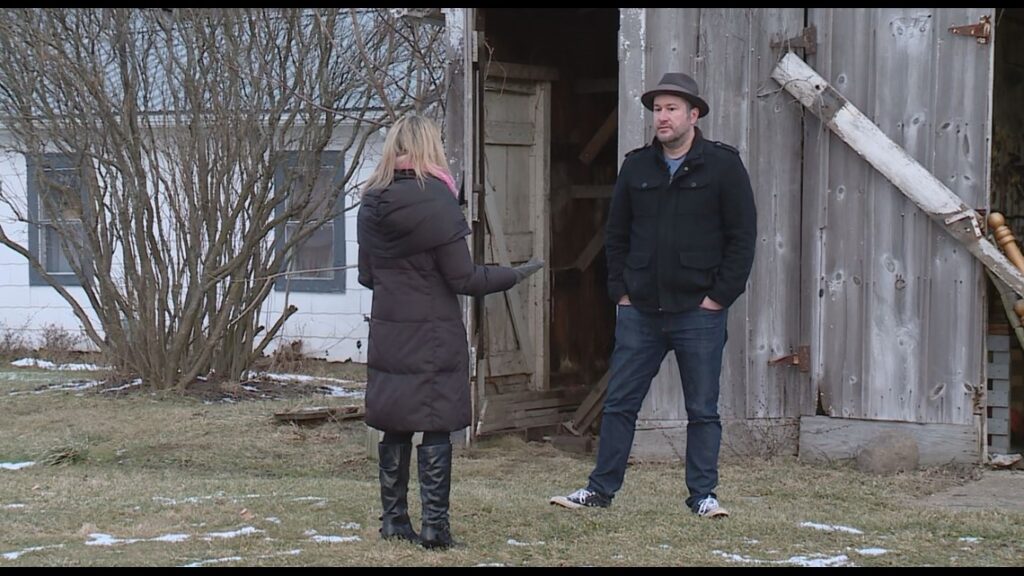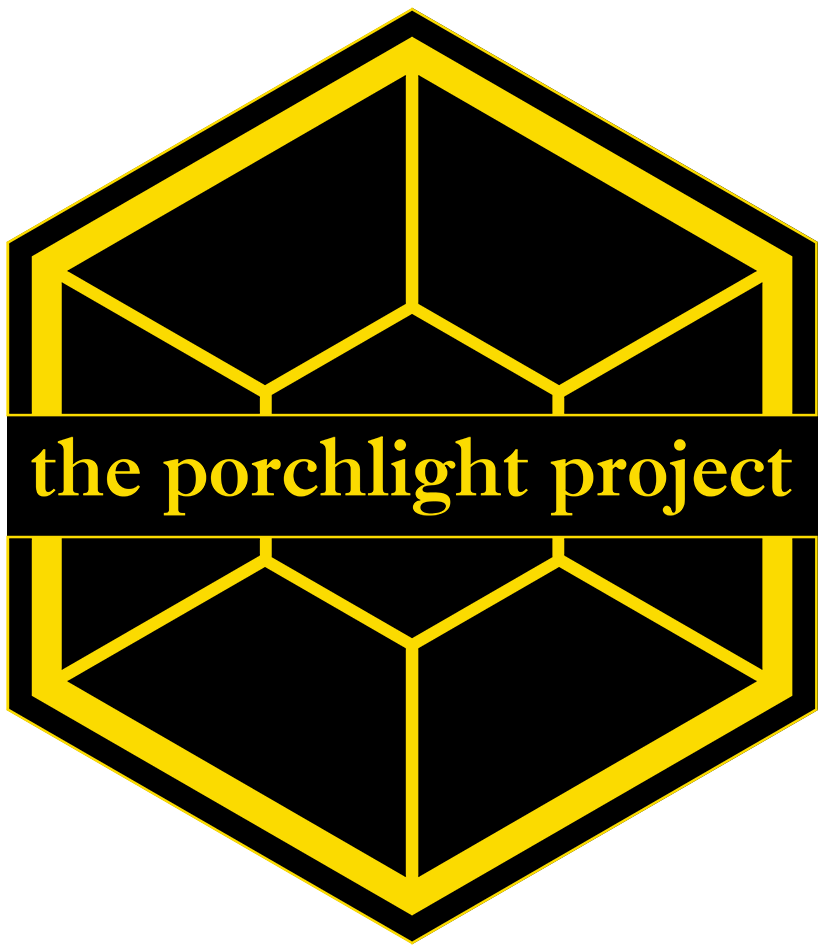
New London, OH – In the fall of 2016, 72 human bones were discovered under weathered newspaper inside a garage at 118 E. Main Street, New London. The property was the former residence of New London mayor Dar Anderson but it’s possible the bones were never found by Anderson as the garage was in disrepair.
Forensic anthropologist Dr. Dennis Dirkmaat analyzed the remains in his lab at Mercyhurst University in 2016 and determined the bones were likely from a young woman between the ages of 13 and 20, who stood between 4’10” and 5’6” tall. There were no signs of dental work, suggesting the remains were quite old.
Earlier this year, the Porchlight Project contacted New London Chief of Police Mike Marko to offer its services to identify the remains. It was believed at the time that the bones may be evidence of a homicide. Chief Marko allowed the Porchlight Project to have the bones transferred to the labs at Bode Technology, in Lorton, Virginia, where DNA was extracted and analyzed.
The DNA information generated by the lab then went to Bode’s genealogist, Melinde Lutz Byrne, who uploaded the data into multiple DNA databases, including GEDMatch, an open, online database for genetic profiles. A potential familial match was found that suggested the bones were much older than we thought. This familial link pointed to a young woman named Hallie Armstrong, who died in 1881, at the age of 18.
Hallie Armstrong was a young teacher, unmarried, and the cause of her death was listed as “unknown,” which was uncommon for that time. Her father was the superintendent of an infirmary. And though Ms. Armstrong came from a well-to-do family, she was reportedly buried in a lone grave at Sugar Grove Cemetery, in Wilmington, Ohio.
Hallie Armstrong is the only member of her extended family, which was linked to the bones by DNA, who fits the age range of the decedent. If it is her, our investigation has led to another mystery – if Ms. Armstrong’s bones ended up in New London, who is buried in her plot in Wilmington?
Dr. Dirkmaat offered the opinion that the bones found in New London could be a medical specimen, noting that one of the former owners of the barn was a local chiropractor. Also, her skull appeared to have been cut by a power saw. However, some power tool was also used on the subject’s sacrum and pelvis. Only conjecture would offer a possible explanation for this.
The Porchlight Project has spoken with curators from Sugar Grove Cemetery. The old plot is in a location that would make exhumation difficult – the ground is hardened and a large tree has sunk its roots around her grave. A caretaker probed the ground but could not reach deep enough to make contact with a casket, if there is one.
So what is to be done? We will wait. Every day, more people, curious about their heritage, purchase DNA kits from Ancestry.com and 23&Me and then upload their unique genetic markers into databases that allow investigative access, like GedMatch. As they do, our vast, collective family tree forms out of the data. In the last few weeks, several people across the U.S. have matched to the remains found in New London, but none are close enough relatives to tell us definitively that we have solved this case. Hopefully, one day soon, someone closer to Ms. Armstrong’s branch of that tree will log on and find out that they are the missing piece of this hundred-and-forty-year-old mystery.
“I’m happy to say we’ve helped the New London Police rule out a potential homicide in their town,” says Porchlight Project Founder, James Renner. “And in the process of solving one mystery, we’ve uncovered a much older one – who was Hallie Armstrong, really, and how did her remains end up in a barn in New London, a hundred years after her death? Hopefully, one day, we can provide an answer.”
“I am extremely grateful to James Renner and the Porchlight Project along with Bode Technology for their assistance in this mystery,” says New London police chief, Mike Marko. “We have closed a cold case and ruled out a homicide. As one door is closed, another opens in the continuing mystery of how her remains ended up here in New London.”
“Forensic genealogy has quickly become an incredibly powerful tool to provide answers in cold cases like this,” says a Bode spokesperson. “After 140 years, we are honored to work to restore this young woman’s name. We will continue to provide this cutting-edge technology to agencies across this country. This case shows that almost no case is too cold.”
The Porchlight Project was founded in 2019. For its first case, the Porchlight Project assisted the Cuyahoga Falls Police Department by funding new DNA testing and genetic genealogy for the 1987 unsolved murder of Barbara Blatnik. Thanks to the Porchlight Project’s involvement, James Zastawnik was arrested for Blatnik’s murder in May, 2020. He is currently awaiting trial. The Porchlight Project is funded by donations from the public. For more information, and to donate online, please visit https://porchlightonline.org/
If you have information about the identity of the young woman found in New London, please contact police at 419-929-3504.


Great work by Bode Labs, Othram and the Porchlight Project! #dna #forensics #Bode #Othram #PorchlightProject
Great article! It would be a dream job to work as a forensic genealogist.
Wonderful and exciting work!
I have so many questions, but was the DNA extracted from the teeth? Were all the bones tested to verify only one individual?
This is amazing !! I hope someday a close family member has their DNA done .Thank you for what you are doing .
SUPER!!!! Seriously very cool.
Awesome job from PorchLight Project. James is doing such an incredibly unselfish service for the community to solve these unsolved mystery.
Keek & Steve